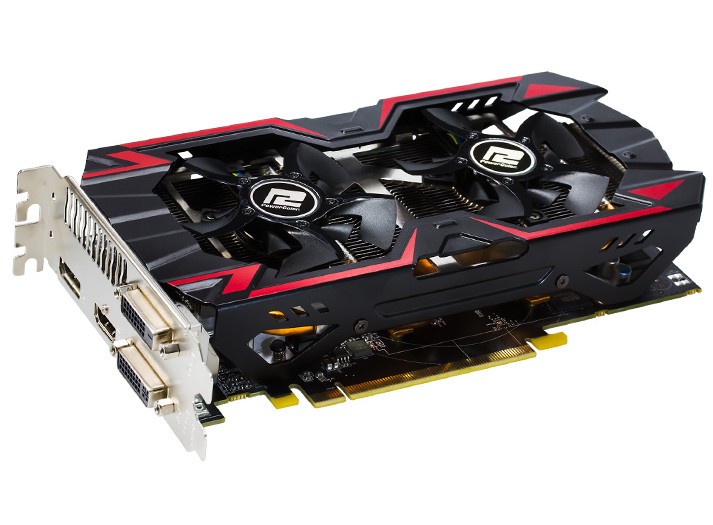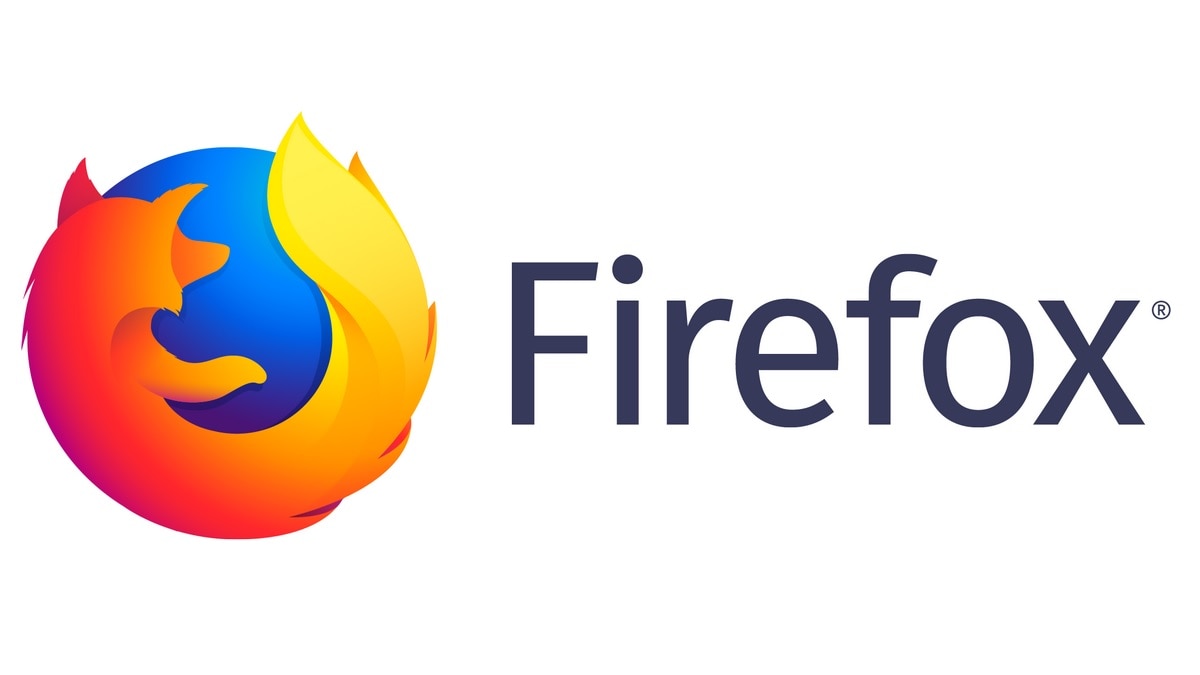Firefox M1 Apple
- Native support for macOS devices built with Apple Silicon CPUs brings dramatic performance improvements over the non-native build that was shipped in Firefox 83: Firefox launches over 2.5 times faster and web apps are now twice as responsive (per the SpeedoMeter 2.0 test).
- Firefox support for Apple’s Arm architecture comes on the heels of Chrome, which added support for the new M1 processor shortly after the MacBook Pro, MacBook Air and Mac mini were introduced in November.
Buy Apple 13.3' MacBook Air M1 Chip with Retina Display (Late 2020, Space Gray) featuring Apple M1 8-Core CPU, 8GB Unified RAM 256GB SSD, 13.3' 2560 x 1600 Retina IPS Display, 7-Core GPU 16-Core Neural Engine, Wi-Fi 6 (802.11ax) Bluetooth 5.0, 2 x Thunderbolt 3 / USB 4 Ports, Backlit Magic Keyboard, Force Touch Touchpad Touch ID Sensor, macOS. Review Apple MacBook Air. User Agent: Mozilla/5.0 (Macintosh; Intel Mac OS X 10.16; rv:83.0) Gecko/20100101 Firefox/83.0; More Information.
Apple Silicon is the next big thing in the Apple world, and the Cupertino-based tech giant itself keeps bragging about the performance of its own custom ARM chip on every single occasion.
And truth be told, the official numbers do sound interesting.
The company says the M1 chip can deliver up to 3.5 faster CPU performance than the previous generation Macs, which is something totally impressive, especially because the older Apple computers were already pretty fast.
“M1 is the first personal computer chip built using cutting-edge 5-nanometer process technology and is packed with an astounding 16 billion transistors, the most Apple has ever put into a chip. It features the world’s fastest CPU core in low-power silicon, the world’s best CPU performance per watt, the world’s fastest integrated graphics in a personal computer, and breakthrough machine learning performance with the Apple Neural Engine,” Apple said.
“As a result, M1 delivers up to 3.5x faster CPU performance, up to 6x faster GPU performance, and up to 15x faster machine learning, all while enabling battery life up to 2x longer than previous-generation Macs. With its profound increase in performance and efficiency, M1 delivers the biggest leap ever for the Mac.”
Needless to say, to benefit from the full potential of Apple Silicon users must run apps that are already optimized for the Apple chip. And this means the devs around the world are now working around the clock to prepare their software for the M1 processor.
Firefox is one of the world’s leading browsers, and naturally, it just had to run on Apple Silicon too. Version 84 is the one adding support for the M1 chip, so make sure you update to the latest version to benefit from the native experience.
But here’s what you must do in order to correctly install Firefox on Apple Silicon.
If you’re already running an older version of the browser, you can update to build 84 using the built-in update system, but then it’s mandatory to close the app and restart it to complete the browser update and switch to the Apple Silicon-optimized experience.
“If you’re on a Mac computer with Apple Silicon, you will need to fully exit and restart Firefox after upgrading to Firefox 84+ in order for Firefox to run on the new architecture, which has faster performance and better battery life,” Mozilla explains.
How to check if you’re running the Apple Silicon build of Firefox
Firefox M1 Apples
If you’re not sure if Firefox has already received the Apple Silicon update, it’s pretty easy to tell if this happened or not right from within the browser.
First and foremost, make sure the browser is already on version 84. After this, you can open the app, and in the address bar, type the following code:
about:support Look for an entry called:
Look for an entry called:Rosetta TranslatedIf its current setting is false, then you are running the Apple Silicon version of the browser. If this flag is set to true, then it means you’re still using the Rosetta emulation and you need to update to Firefox 84 and restart the browser to complete the switch.Needless to say, all future versions of Firefox would support Apple Silicon, so the steps above apply to all updates after Firefox 84.
In the meantime, Apple is working around the clock with developers to bring their apps to Apple Silicon, and new such updates are released every once in a while. For what it’s worth, the main alternatives to Firefox, including Google Chrome and Microsoft Edge, already come with Apple Silicon support, as both Google and Microsoft rolled out this important update in the testing channels
This article explains how to download and install Firefox on a Mac.
- If you are updating from a previous version of Firefox, see Update Firefox to the latest release.
Firefox M1 Download
If you use an old version of OS X, see these articles for more information:
To download and install Firefox:
- Visit the Firefox download page in any browser (for example, Safari). It will automatically detect the platform and language on your computer and recommend the best version of Firefox for you.
- Click .
- Note: If you want to have a choice of the language for your Firefox installation, click the Download options and other languages link instead.
- Once the download has completed, the file (Firefox.dmg) may open by itself and pop open a Finder window containing the Firefox application. Drag the Firefox icon on top of the Applications folder in order to copy it there.
- Note: If you do not see this window, open the Firefox.dmg file that you downloaded.
- After dragging Firefox to the Applications folder, hold down the control key while clicking in the window and select Eject 'Firefox' from the menu.


Tip: You can add Firefox to your dock for easy access. Just open your Applications folder and drag Firefox to the dock.
Firefox M1 Apple
Firefox is now ready for use. Just click on its icon in the dock or Applications folder to start it.
When you first start up Firefox, you will be warned that you downloaded Firefox from the Internet. Because you download Firefox from the official site, click .
Firefox M1 Apple Tv
Upon installation, Firefox will not be your default browser, which you'll be notified about. That means that when you open a link in your mail application, an Internet shortcut, or HTML document, it will not open in Firefox. If you want Firefox to do those things, click . If you're just trying out Firefox or simply do not wish to set Firefox as your default browser, click .
